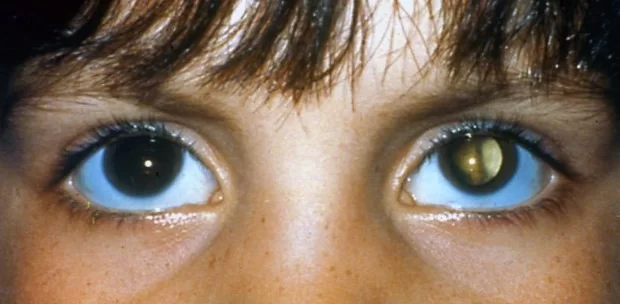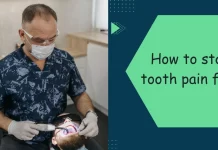Good eyesight is a prerequisite for a child’s learning and development. Ophthalmologist Elita Khvedelidze, head of the Sagittarius Clinic, says it takes a while for a baby’s eyes to develop as the baby’s eyes get used to the world. Well from 2-3 meters and even farther away, you almost have to pick things up just as far as daruma people “.
A child’s eyesight develops before the age of 8-9 years, so it is very important to check your child’s vision in a timely manner so that any abnormalities can be detected and treated in a timely manner.
Due to the ongoing changes in the child’s eyes, there are times when the child’s eye needs to be examined by a doctor for prophylaxis. The first examination of the fundus of the eye and the structures of the eye takes place in the maternity ward, the next examination at the age of 6 months, 1 and 3 years. After that, the child’s eyesight is checked at the age of 6, before the child goes to school.
At the age of 2-4 years, a child may not even realize or understand that he has a vision problem, so it would be right to look at his behaviors in addition to preventive check-ups.
According to Lika Loma, an ophthalmologist at the Oculus Med Clinic, children of this age often have congenital ametropia [nearsightedness, farsightedness, or astigmatism], although a child may develop spasm of the eye muscles while watching mobile cartoons while eating. Also, your child your this supplement for a vision problem, buy vision Rx20 Supplement.
According to experts, your child has a vision problem if?
- The eyes turn red, especially in the evenings. This is the most common symptom during ametropia. She also has tears or itching that may cause her eyes to bulge.
- The child often behaves – he steps on the threshold of the door, stairs, collides, or fails to turn the door, the corner of the table, etc.
- Involuntarily blinking his eyes, it’s the same muscular nerve tic. This is one of the signs of ametropia and impaired vision, although at such times there is usually an emotional factor [fears or other.
- He narrows his eyes as he concentrates his gaze on some object – so he mechanically squeezes Guga to see better.
- Going close to the TV. It also brings the face closer to the sheet while writing or drawing.
- The child often has a sore or sore head [on the forehead.
- If he can’t catch an object shot from a distance of 2 meters – because the eye is not fixed on the object, ie does not follow the ball, for example. If the eye is fixed but the child still cannot catch the ball, it is difficult for the body to act and this is not a problem for the eye.
- Unless there is a red reflection in the pictures taken for the child [red eyes in the pictures] not on both eyes. If the “red-eye” effect of the photo is visible, it is better to light the red color in both eyes of the child.
- It is difficult to identify/distinguish figures from a certain distance, while his peers are able to do so from the same distance.
- Has silliness, i.e. avoids the eye. Even periodically.






















